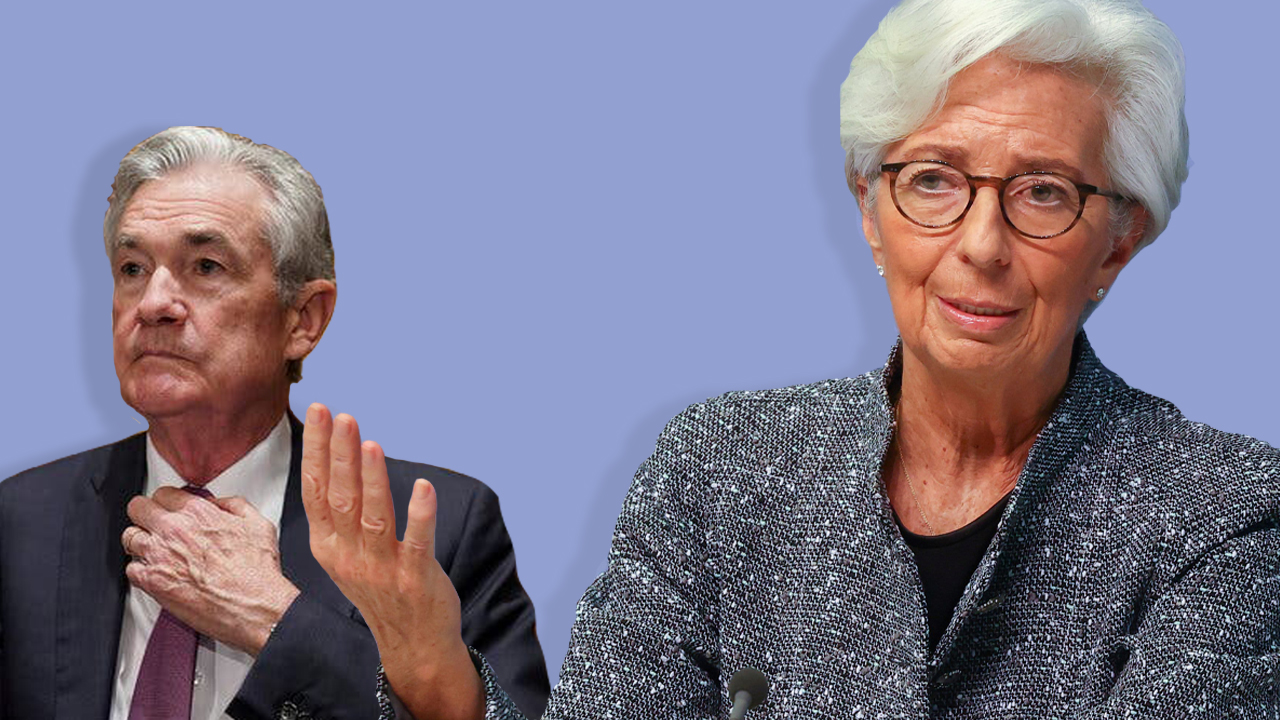
Block Inc. outperformed analyst expectations and saw its share price jump in after-hours trading, but its Bitcoin revenue dipped due to price declines.
Jack Dorsey’s payment company Block Inc. reported $1.83 billion of Bitcoin (BTC) revenue from its Cash App business unit in the fourth quarter, representing a 7% fall from the same time last year.
In its Q4 and full-year results announced on Feb. 23, Block attributed the fall in Bitcoin revenue to the decline in BTC price in the year. Bitcoin fell approximately 65% throughout 2022.
This fall in revenue led to a 25% year-on-year drop in Bitcoin gross profit for Cash App, which fell to $35 million in the quarter.
Cash App is a mobile phone payment processing app created by Block, which added support for transactions via the Bitcoin Lightning Network on Oct. 25. It generates Bitcoin revenue by selling Bitcoin to customers through the app.

For the full 2022 year, Cash App generated $7.11 billion of Bitcoin revenue and $156 million of Bitcoin gross profit, down 29% and 28% compared to 2021, respectively.
Meanwhile, Block Inc. reported a widened net loss of $114 million for the quarter compared to a loss of $77 million in 2021. Its adjusted earnings before interest, tax, depreciation and amortization (EBITDA) increased 53% to $281 million compared to the same time last year. Total revenue in the quarter was $4.65 billion.
Related: Bitcoin bears attempt to pin BTC price under $23K ahead of this month’s options expiry
The share price of Block jumped in after-hours trading following the earnings report.

Some analysts have attributed the jump to the firm’s gross profit growth, which was up 40% in Q4 compared to the prior year, and also beat analyst expectations.









